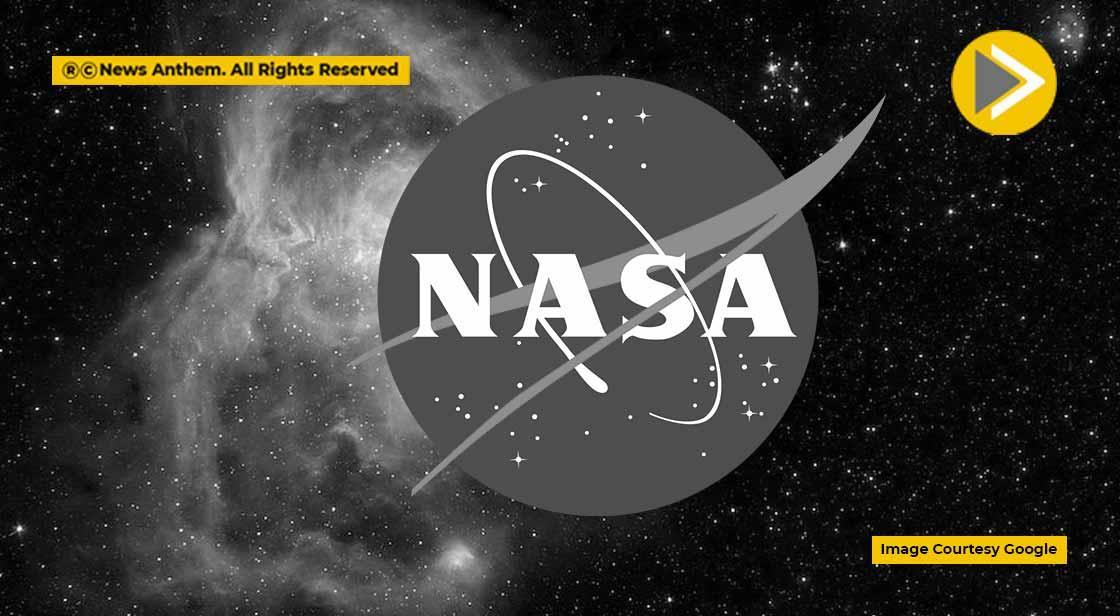NASA to Launch PUNCH Mission on February 27 to Observe Solar Wind in Real Time

News Synopsis
NASA is set to launch a groundbreaking mission this month aimed at studying the Sun’s outer atmosphere and monitoring space weather in three dimensions. The Polarimeter to Unify the Corona and Heliosphere (PUNCH) mission is scheduled to lift off on February 27 aboard a SpaceX Falcon 9 rocket.
This ambitious initiative comprises four small satellites that will work together to examine the transformation of the Sun’s corona into the solar wind, a continuous flow of charged particles extending across the solar system.
The data collected through this mission is expected to significantly enhance our understanding of solar wind dynamics and improve space weather forecasting, which is crucial for protecting Earth’s satellites and power grids.
Mission Objectives and Scientific Goals
Bridging the Gap Between Solar Physics and Solar Wind Physics
According to reports, PUNCH is the first mission designed to seamlessly connect the study of the Sun’s corona with solar wind physics. This initiative will provide critical insights into how the Sun’s outer atmosphere transitions into the heliosphere—the vast bubble-like region carved out by the solar wind, which envelops our entire solar system.
Joe Westlake, Director of NASA's Heliophysics Division, emphasized the importance of the mission, stating:
“This mission will provide a continuous observation of the Sun’s corona and its influence on space weather.”
By offering a real-time, continuous view of solar activity, PUNCH will enable scientists to better understand and predict solar storms, which can cause disruptions in communication systems, GPS navigation, and power grids on Earth.
How PUNCH Works
A Four-Satellite System for 3D Observations
The PUNCH mission will deploy four small satellites that will operate in unison to create detailed three-dimensional maps of the heliosphere. These satellites will be positioned in low-Earth orbit, where they will work collaboratively to track solar wind structures as they travel away from the Sun.
Craig DeForest, the mission's principal investigator at the Southwest Research Institute, explained:
“Three of these satellites will be equipped with wide-field imagers to capture detailed views of solar wind structures.”
Meanwhile, the fourth satellite, which has been developed by the Naval Research Laboratory, will use a narrow-field imager to simulate a continuous total solar eclipse. This will allow scientists to observe the Sun’s corona with unprecedented clarity and resolution. The ability to monitor the corona in real time will help in predicting solar activity more accurately.
Advancements in Space Weather Forecasting
Real-Time Tracking of Solar Storms
One of the most significant aspects of the PUNCH mission is its potential to revolutionize space weather forecasting. By providing real-time tracking of solar storms, the mission aims to improve predictions of geomagnetic storms, which can have a profound impact on satellites, astronaut safety, and terrestrial infrastructure.
Nicholeen Viall, a mission scientist at NASA's Goddard Space Flight Center, highlighted the role of polarization in this mission:
“PUNCH’s ability to capture polarized light will allow scientists to determine the 3D location of solar wind structures.”
This ability to measure the precise trajectory and speed of solar wind particles is expected to enhance the accuracy of forecasts, helping scientists issue early warnings for solar storms that could affect Earth’s technology-dependent systems.
Collaboration with Other Solar Missions
Complementing the Parker Solar Probe
NASA has confirmed that PUNCH will work in coordination with the Parker Solar Probe, which is currently conducting direct observations of the Sun’s corona. Together, these missions will generate an unparalleled dataset, covering a wide range of spatial scales and providing deeper insights into how solar wind originates and interacts with the heliosphere.
Craig DeForest also revealed an exciting additional outcome of the PUNCH mission:
“An additional outcome of PUNCH will be the creation of the most extensive polarimetric star map, covering over three-quarters of the visible sky.”
This dataset will contribute to astronomical research, offering detailed information on stellar polarization across a vast region of the cosmos.
Conclusion
The PUNCH mission marks a significant step forward in our understanding of the Sun’s outer atmosphere and its interaction with the solar system. By tracking the solar wind in 3D, scientists will gain valuable insights into the forces shaping space weather, ultimately helping to safeguard Earth’s technological infrastructure. As the February 27 launch date approaches, anticipation is building within the scientific community, with experts eager to see how PUNCH’s findings will transform our knowledge of the Sun and its dynamic influence on space.
You May Like









